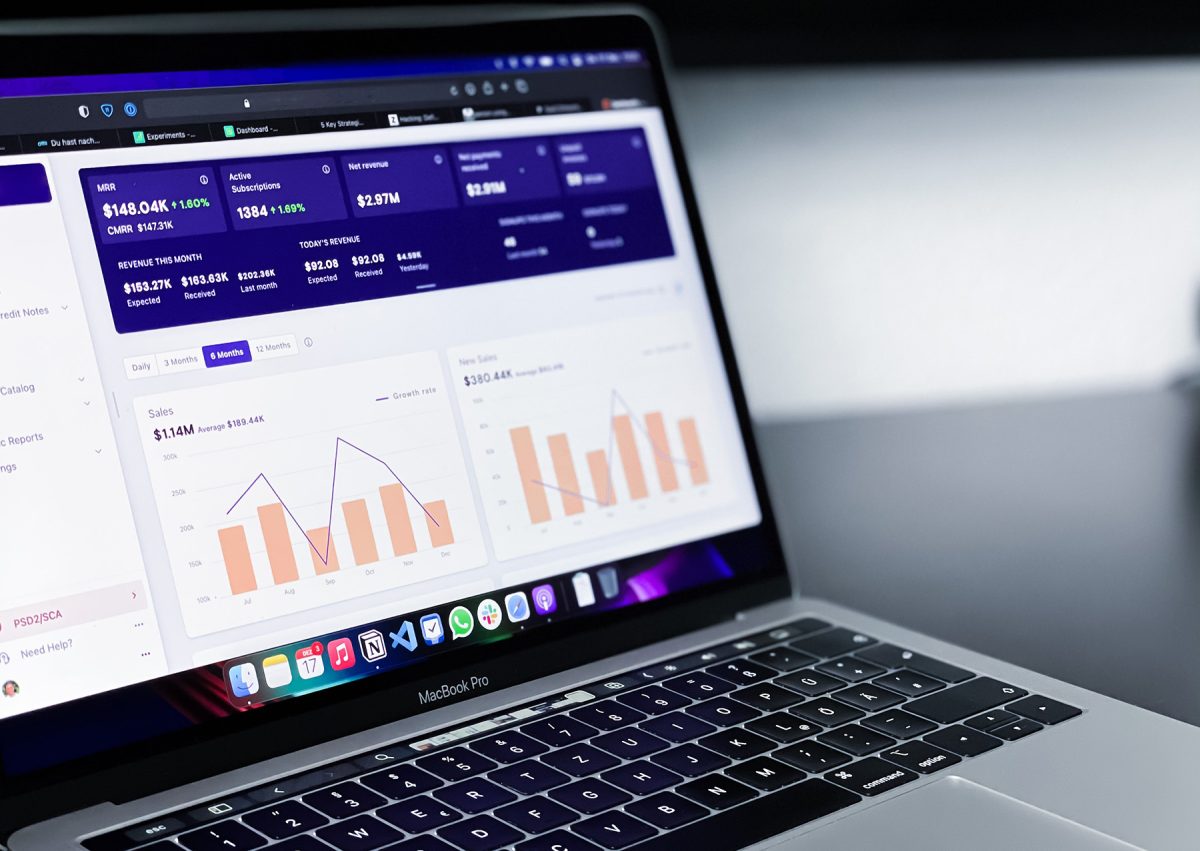A clear digital strategy is essential for any company’s success in the current digital era. A digital strategy can aid companies in improving customer communications, raising brand recognition, and eventually boosting sales. We’ll go over the main steps in developing a digital strategy for a business in this blog post.
Step 1: Define your goals and objectives
Setting goals and objectives is the first stage in developing a digital strategy. This can entail raising website traffic, enhancing online sales, or raising brand recognition. It’s critical to have specific, attainable goals in mind so that you can monitor your progress and modify your approach as necessary.
Step 2: Determine who your target market is
The following stage is to determine who your target market is. With your digital strategy, who are you hoping to reach? You can better generate content and marketing messages that appeal to your target audience by having a better understanding of them. To learn more about your target market, use demographic information, market research, and consumer feedback.
Step 3: Carry out a digital audit
Conducting a digital audit is crucial before you begin implementing your digital strategy. This entails assessing your current online presence, which includes your website, social media profiles, email marketing programs, and any other digital platforms you may be utilizing. Determine what is working and what is not, and utilize this knowledge to guide your future strategy.
Step 4: Create your content plan
The creation of a content strategy is an essential part of any digital strategy because content is king in the digital world. Choose the distribution methods and the kind of material that will appeal to your target audience. Infographics, videos, blog articles, and other types of content may fall under this category.
Step 5: Choose your digital channels
It’s time to choose your digital channels after you’ve established your goals, determined your target audience, performed a digital audit, and created your content strategy. This could involve paid advertising, email marketing, other digital channels, and social media sites like Facebook, Twitter, LinkedIn, Instagram and TikTok.
Step 6: Execute your plan and keep an eye on it
Now that you have a digital plan in place, it’s time to put it into action and begin evaluating its success. To evaluate the effectiveness of your approach, use analytics tools to monitor the traffic to your website, social media activity, and other indicators. Make the necessary adjustments to make sure you are accomplishing your objectives.
Careful planning, execution, and monitoring are necessary for developing a successful digital strategy. Here are some extra pointers to assist you in developing a successful digital strategy:
Remember who your target market is
Your target audience should always be at the heart of your digital strategy. When generating your content and selecting your digital platforms, keep in mind their requirements, passions, and preferences. By doing this, you can make sure that your plan successfully reaches and engages your target audience.
Use analytics with data
Analytics and data are effective tools that may be used to improve your digital strategy. Track your website traffic, social media interaction, and other metrics with analytics tools to learn what is and is not working. Make data-driven judgments using this knowledge, and as necessary, change your plan.
Be consistent
When it comes to digital marketing, consistency is crucial. Across all of your digital channels, be consistent with your messaging, branding, and content. This will strengthen your brand identification and assist you gain the audience’s confidence and credibility.
Keep up with the most recent trends and technology
Keep up with the most recent trends and technologies because the digital landscape is continuously changing. This may be brand-new social media sites, cutting-edge advertising strategies, or improvements in the functionality and design of websites. You can stay competitive and make sure your digital strategy is successful in reaching your target audience by staying on top of these changes.
Continually optimize your strategy
The development of a digital strategy is a continuous process, not a one-time event. Keep an eye on your outcomes, analyze them, and, as necessary, adjust your plan to get the best results. This can entail modifying your content strategy, trying out new channels, or adjusting your messaging.
Conclusion
Developing a digital strategy is crucial for every business hoping to thrive in the current digital era. You can develop a successful digital strategy that helps to drive revenue and expand your business by outlining your goals and objectives, identifying your target market, conducting a digital audit, developing your content strategy, selecting your digital channels, implementing and monitoring your strategy, and paying attention to these additional pointers. Remember that developing a digital strategy is a continuous process, so be ready to modify your plan as necessary to maintain your competitiveness in the quickly changing digital environment of today.


